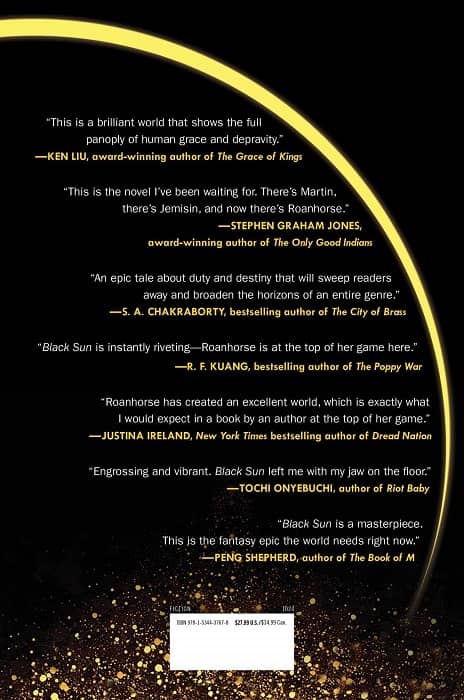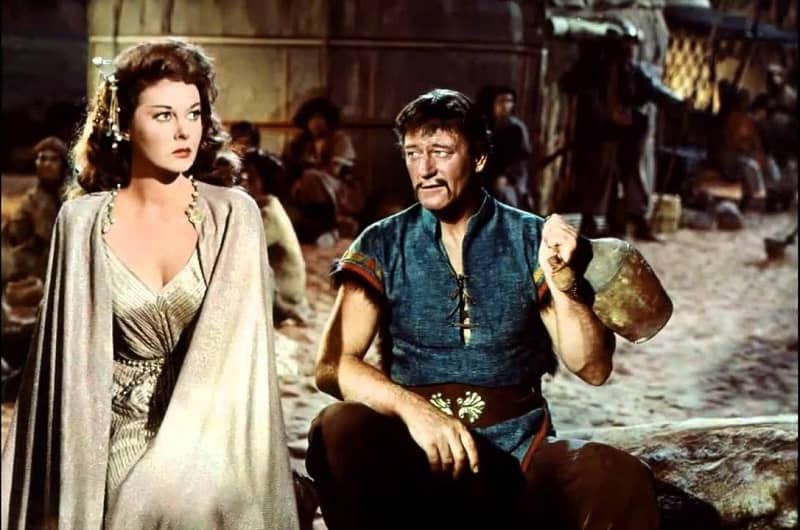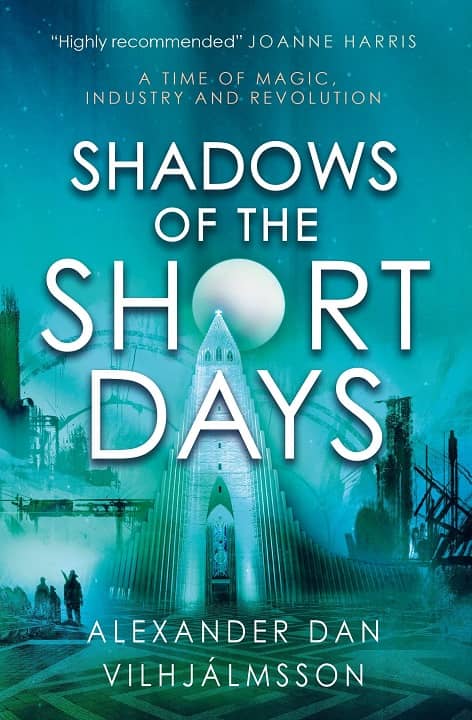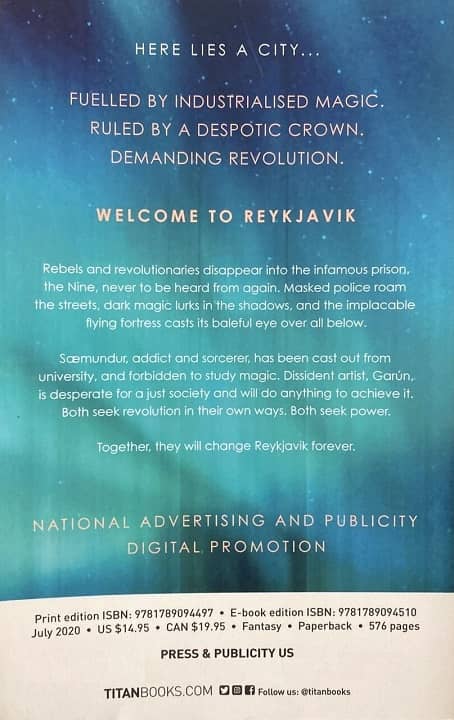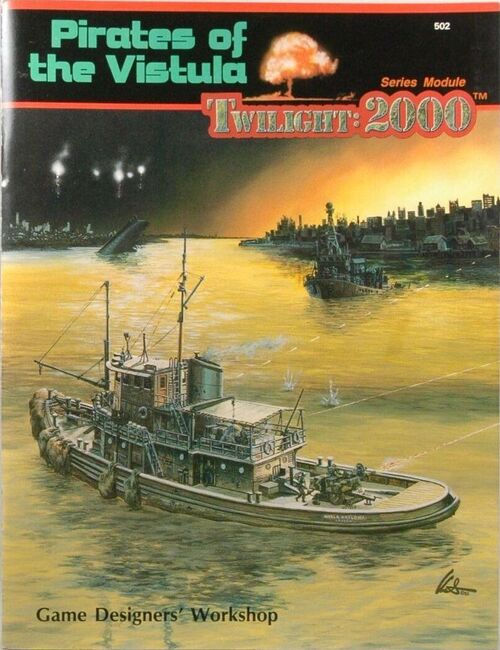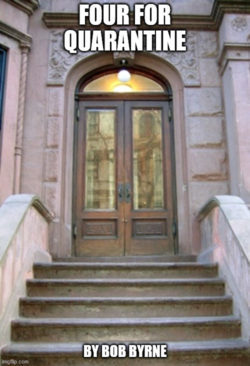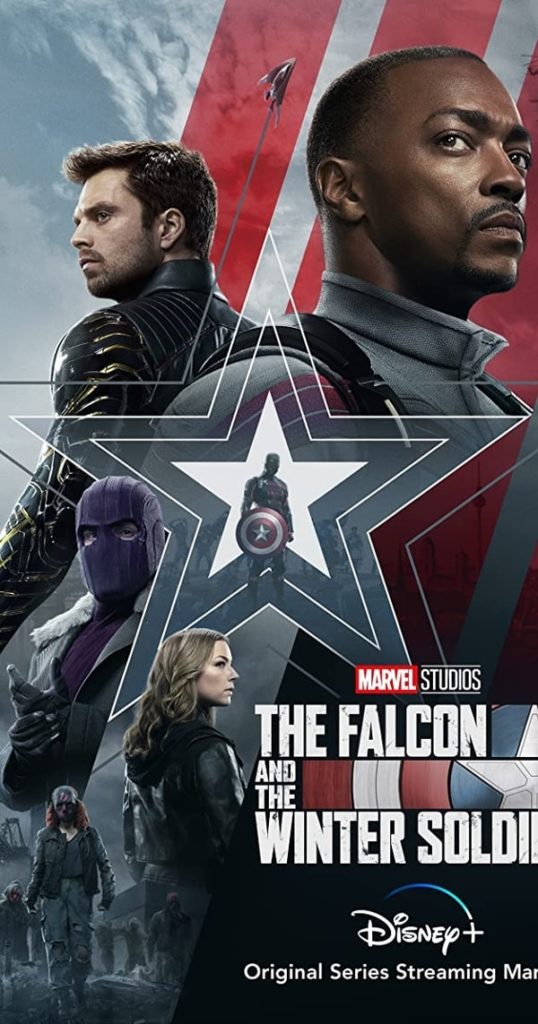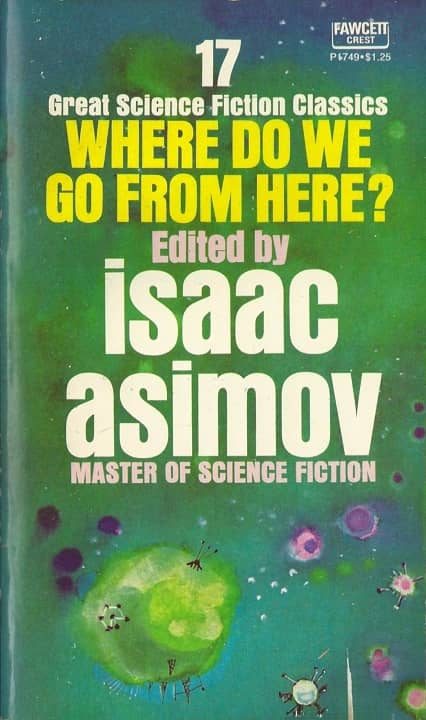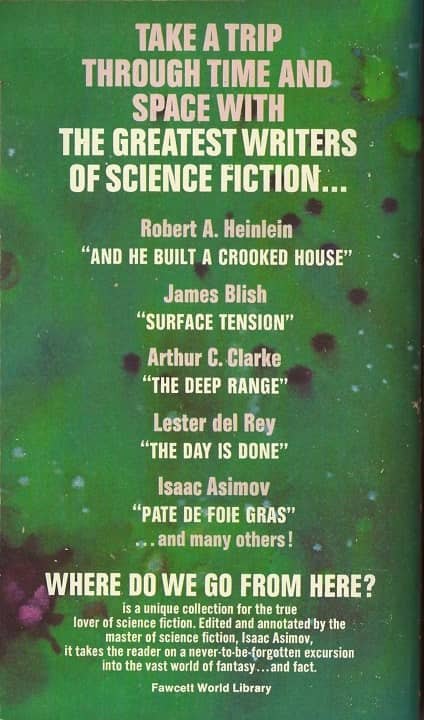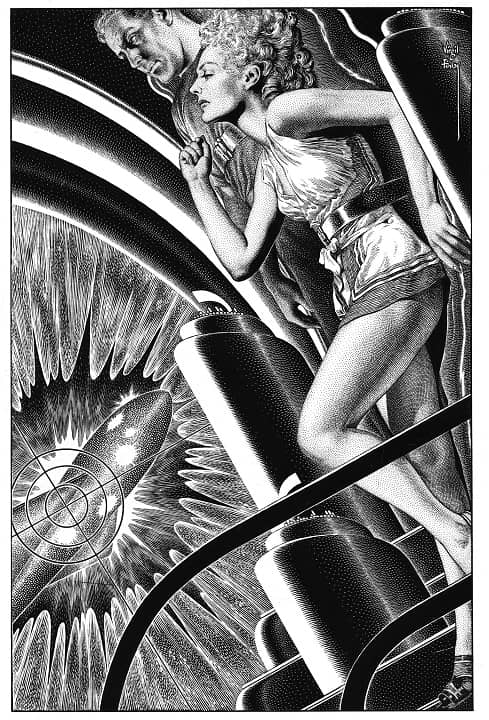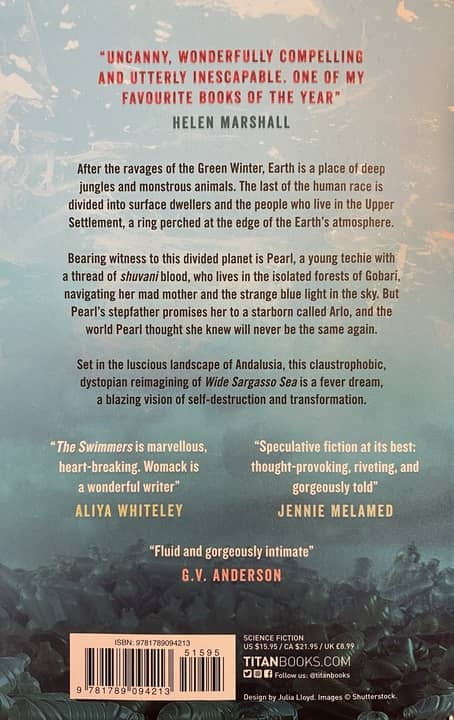Three Things That Scared Me When I Was A Kid
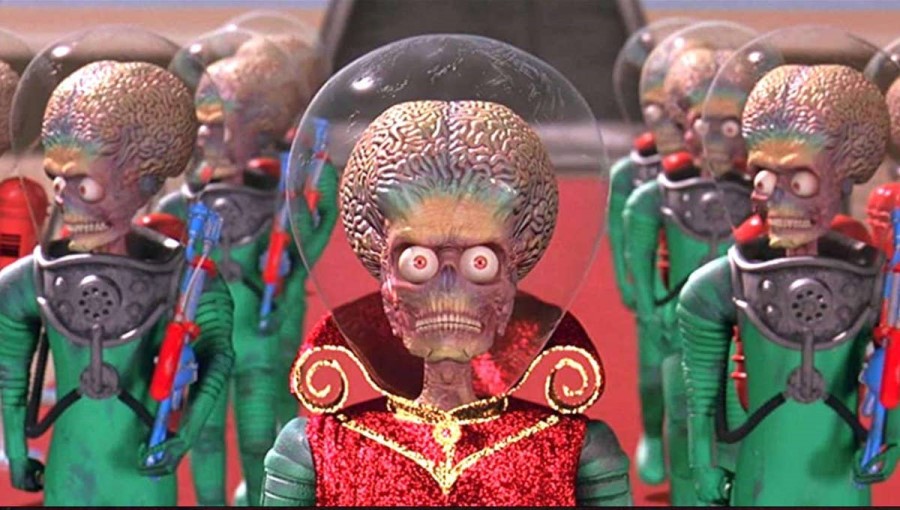
I’ve written a few articles for Black Gate about the films and novels of my childhood that inspired me to write fiction, and today I’m once again taking a walk down Memory Lane to visit the old Nostalgia Nook.
First, let me say it’s a safe bet that we all grew up with dinosaurs, aliens, mythological creatures, and certainly the film genres of horror, fantasy science fiction, and monster films. I think it’s safe to say that most of us identified with the monsters when we were kids. Who didn’t relate and empathize with Frankenstein and the Wolfman? Who didn’t feel sorry for King Kong? These monsters didn’t scare me. No, they were my friends. I was rarely scared or creeped out by monster and horror flicks when I was a kid, and I was in kindergarten when I first came into contact with Frankenstein, King Kong, the Wolfman, Dracula, the Mummy, and so many others. However, there were three instances where I was frightened by things I had seen and read, things which gave me nightmares and made me wary of things that lurked in the shadows. What’s weird about this, what sticks in my mind is that these three instances all occurred at roughly the same time.
…
